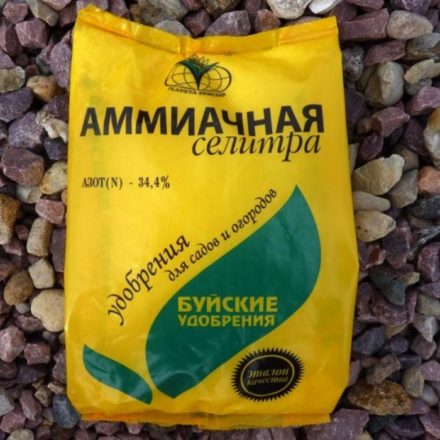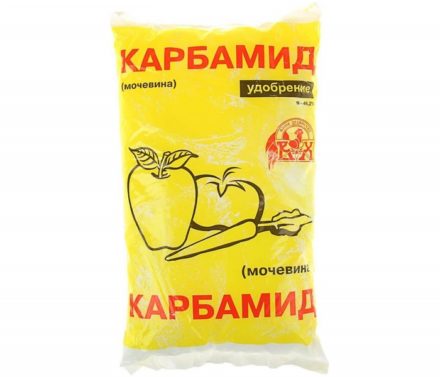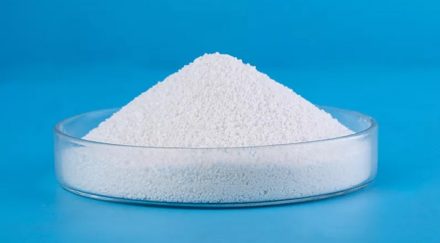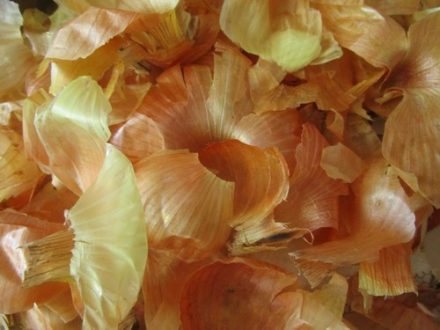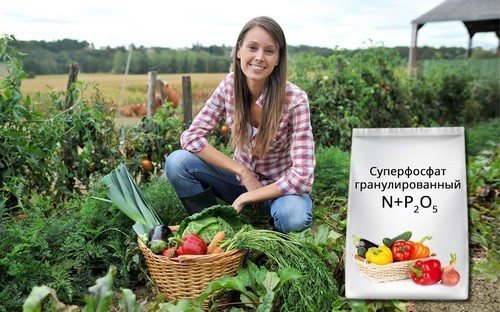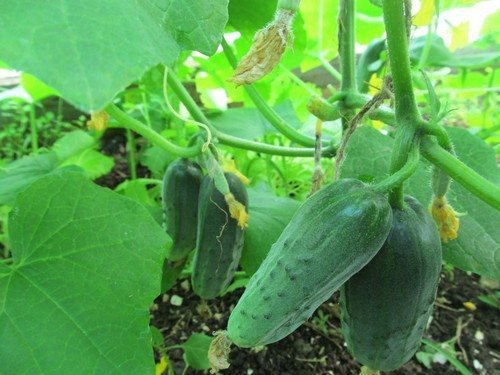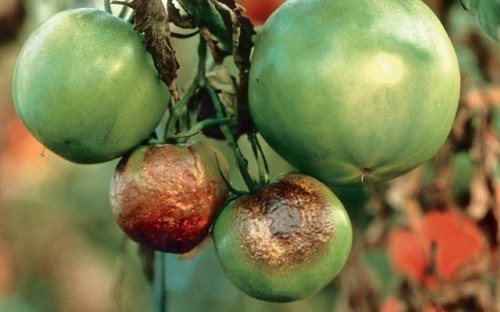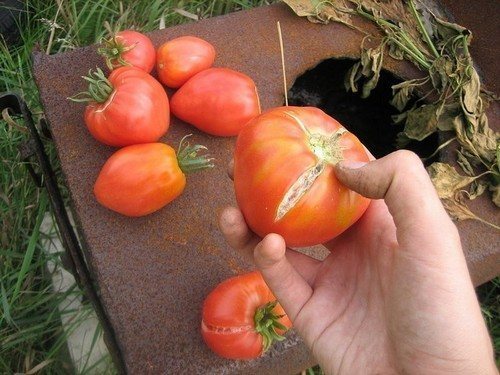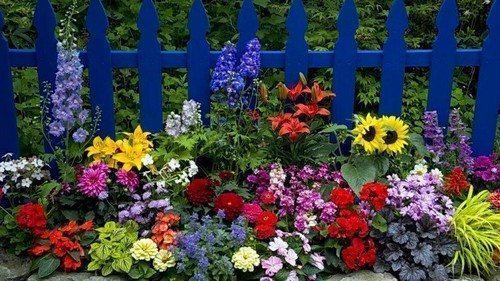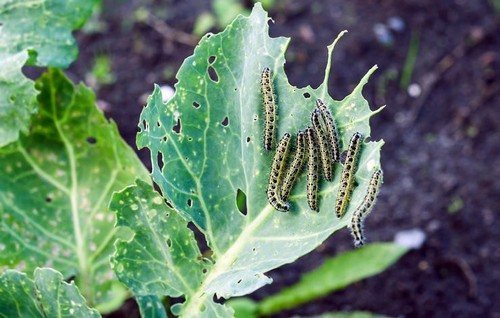As a rule, people usually try to avoid dense nettle bushes because they are afraid of its painful “bites” that leave redness on the skin and unpleasant itching. On the other hand, such aggressiveness of the grass is explained by the high content of biologically active elements in it, which can bring enormous benefits to the garden.
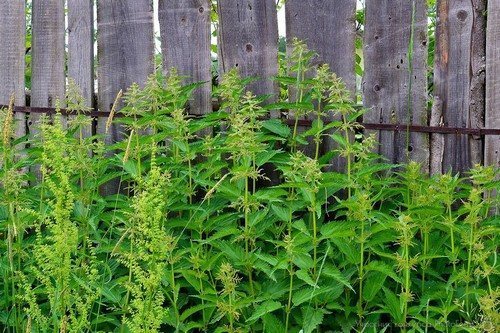
Experienced summer residents claim that nettle does not harm, but rather helps, cultivated plants. In this connection, they never fight it, but on the contrary, they find use for it in the area.
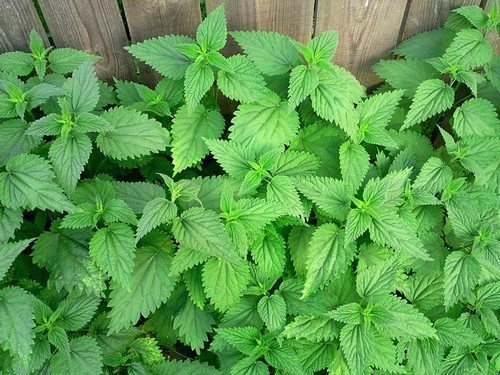
Mulching
Nettle is especially valued by vegetable growers as mulch; it is used up to several times a season. The beneficial substances that make up the grass, when decomposed, form a nutrient-rich environment for the microorganisms necessary for the earth. In addition, the prickly plant perfectly retains moisture in the root system of crops, serves as top dressing and saves the soil from overheating in the heat.
You can chop nettles for mulch using an electric silage cutter or manually. The resulting mass is placed in a layer of up to 10 cm on beds with vegetables, in areas between berry bushes and in flower beds with garden flowers.
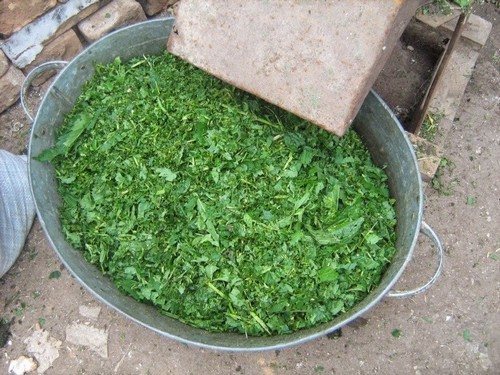
Nettle as green manure
Burning grass contains a large amount of nitrogen compounds, thanks to which it can be used as green manure. To enrich the soil, cut nettles are laid out in a thick layer around the garden, then sprinkled with a layer of peat or soil.In the spring, after digging, the area, saturated with fresh organic matter, will become much more fertile; there will be a lot of earthworms on it, contributing to a rich harvest.
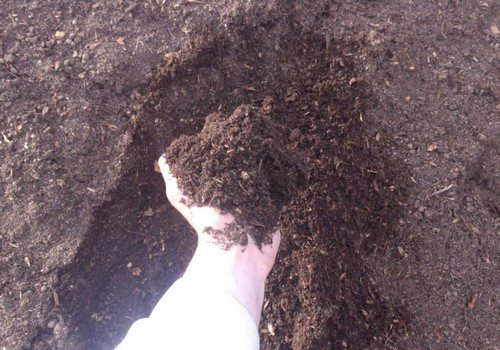
Natural fertilizer
To prepare the fertilizer, you will need young nettles that do not yet have seeds. Chopped leaves and stems are placed in a container made of plastic or wood; metal containers are not recommended. Then the raw materials are poured with hot water, or even boiling water. The mixture is covered with a lid and left to ferment for about two weeks in a warm place. In this case, the infusion must be stirred every day to saturate it with oxygen. To speed up cooking, you can add yeast. Upon completion of the process, the infusion will stop foaming and darken.
The resulting concentrate is mixed with 1/10 water and the crops are fertilized. To spray seedlings, the infusion is filtered and diluted in a ratio of 1/20. Feed the plants twice a week, spray the foliage and stems once a month.
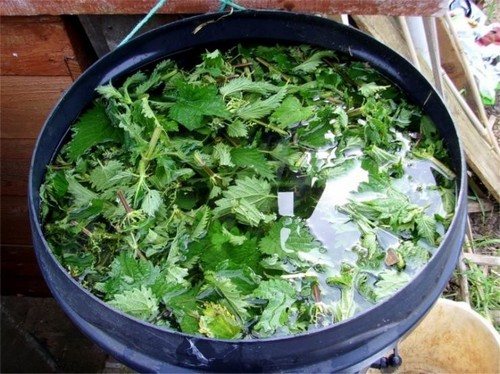
Laying in the soil
Nettle can be used as a useful cushion in vegetable beds. Most often it is used when planting cucumbers. Washed and crushed grass, dry or fresh, is laid out in holes or ditches. Then it is covered with a layer of soil of about 10 cm, after which young plants are planted or seeds are sprinkled. Such a pillow will serve as nourishment, repel parasites and strengthen the crop’s resistance to various diseases.
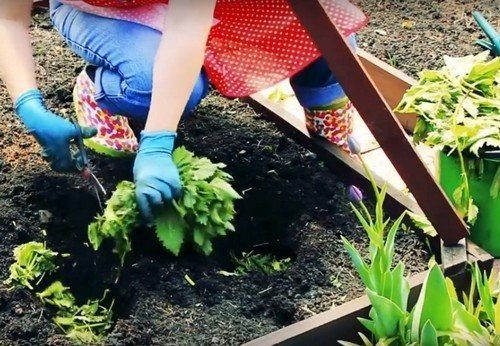
Compost
Using compost with nettles improves soil fertility due to the large amount of humus it contains. To prepare it, 10 parts of crushed nettle are mixed with 1 part of the soil in which it grew.A heap is formed from this mass, moistened abundantly and the Baikal-EM preparation is added to it. Cover the future compost with film and leave for 1-2 months. During this time, the mixture is periodically stirred and moistened as necessary. The result is a homogeneous black mass with a high content of valuable elements.
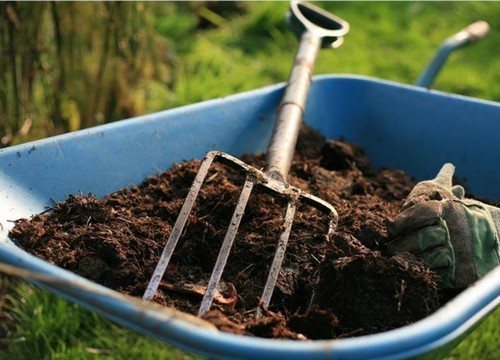
Nettle ash
Burnt nettle leaves and stems are an excellent fertilizer for the garden. Ash saturates it with a large number of useful components, among which 40% is potassium. This substance plays a significant role in the growth and development of crops. In addition, ash neutralizes excess acidity of the earth.
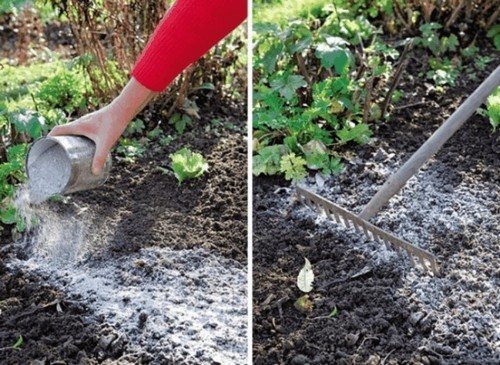
You need to burn dry grass or one that has dried throughout the day. It is not recommended to burn fresh nettles. After cooling, the ash is ready for use.


